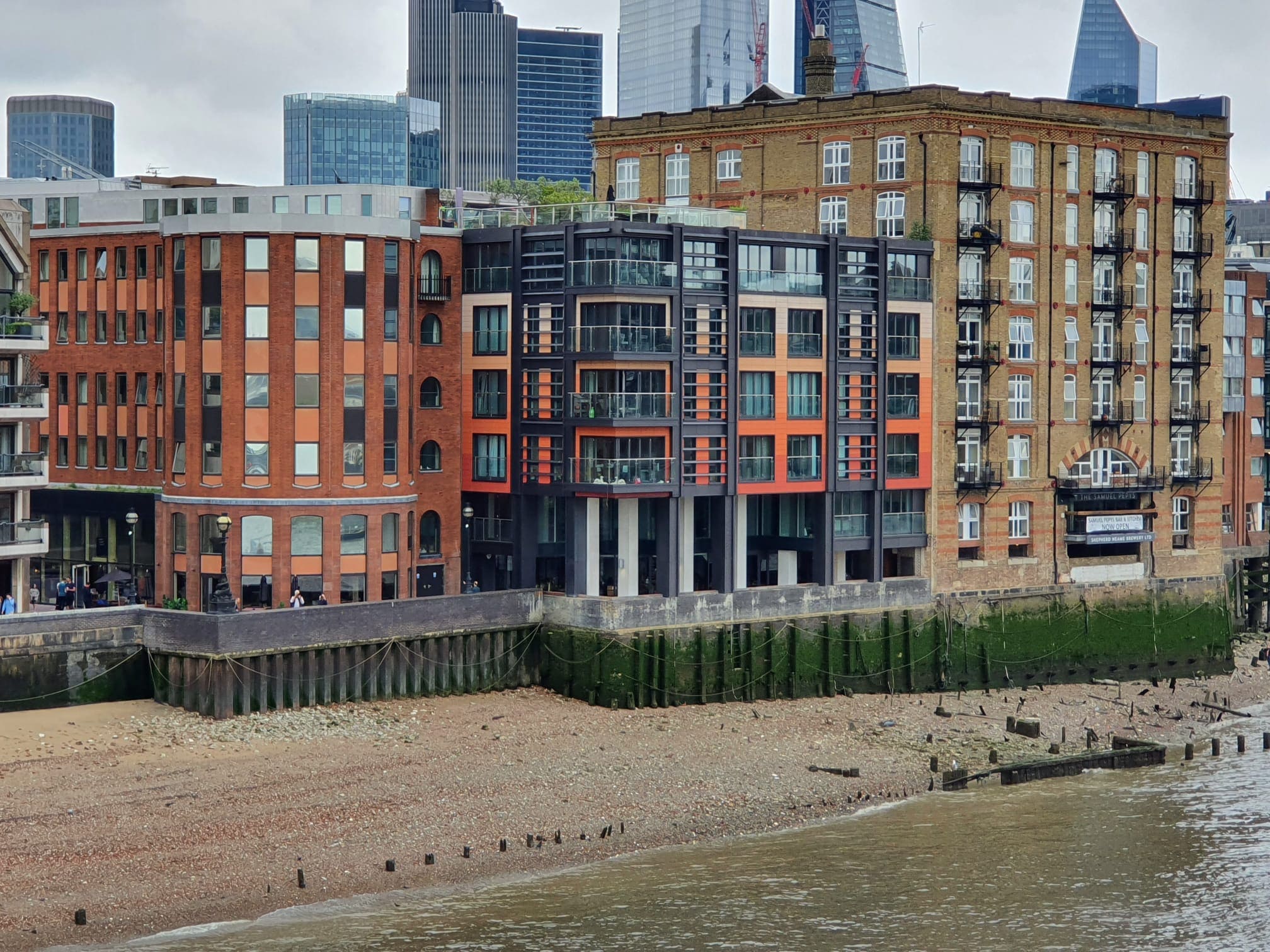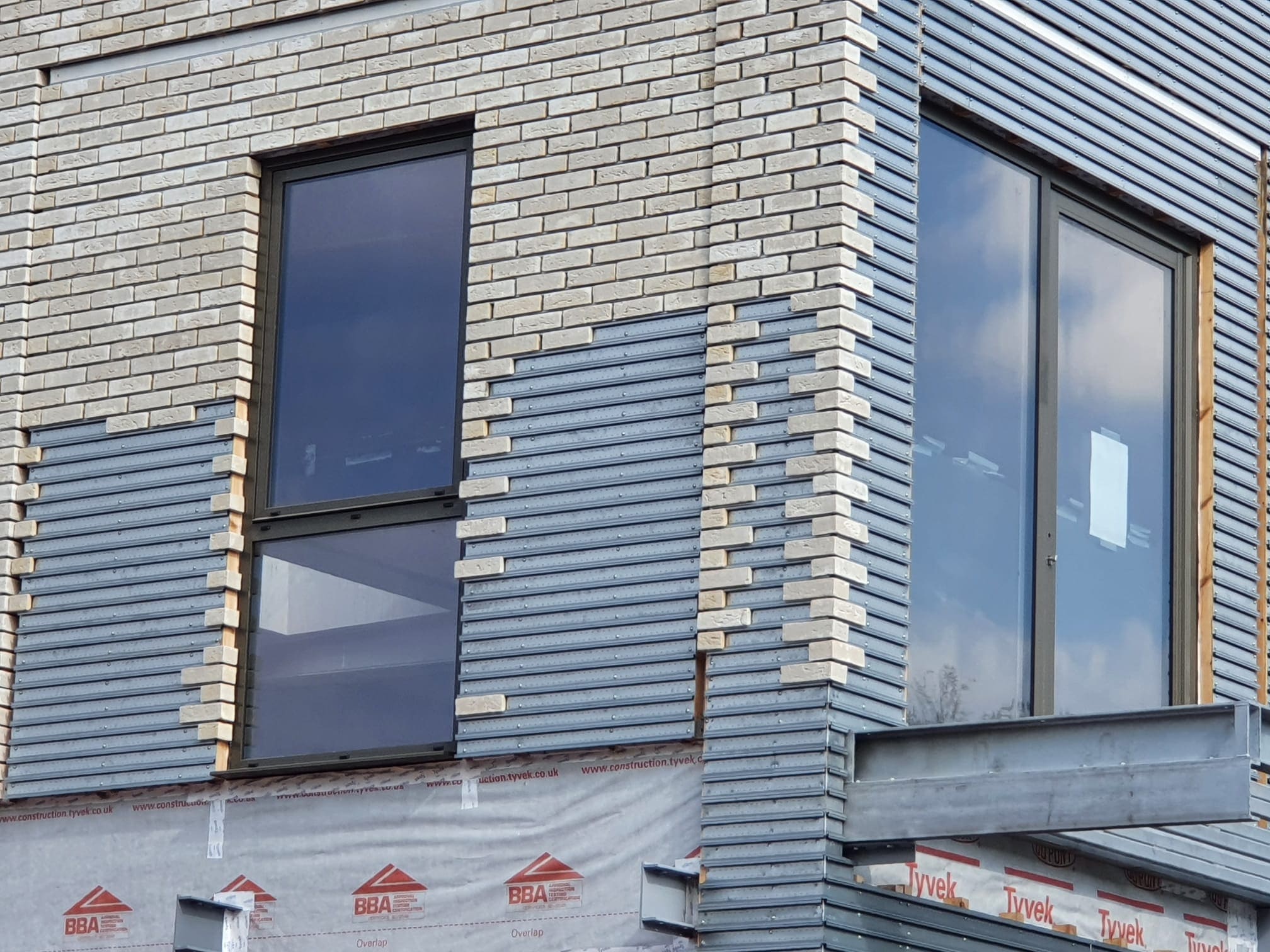15/01/2023
by: PBSA News

Unite’s Strategic Diversification into Build to Rent
Unite’s move into Build to Rent (BTR) is a calculated step to mitigate risks in the student housing sector. By broadening its rental market presence, the company is positioning itself against economic downturns and evolving investor priorities.
The Enduring Appeal of PBSA to Institutional Investors
Purpose-built student accommodation (PBSA) continues to attract significant investment due to its resilience and high occupancy rates. Institutional capital is drawn to its counter-cyclical nature, especially in London, where demand remains strong.
Challenges Facing the PBSA Market
PBSA is facing headwinds, including rising construction costs, energy price inflation, and shifts in real estate investment trends. These challenges are tightening operational margins and slowing new developments, impacting long-term viability.
Demographic and Policy Uncertainty in Student Housing
Uncertainty over post-Brexit immigration policies for overseas students adds another layer of risk. The lack of clarity makes it difficult to predict future demand, leaving investors wary of long-term commitments in the sector.
Build to Rent and Co-Living: A Growing Competitive Threat
The rise of high-quality BTR and co-living options presents new challenges for PBSA. These alternatives offer better design, amenities, and management, potentially drawing students and young professionals away from traditional student accommodation.
The Future of PBSA: Upgrade or Diversify?
Unite and other PBSA owners face a choice: invest heavily in upgrading legacy stock to meet ESG and fire safety regulations or diversify into alternative rental markets. Given the financial constraints, diversification appears to be the more strategic path forward.
https://pbsanews.co.uk/
 1873
1873







Keep up to date
(Weekly, fortnightly or monthly)
To find out more what we do with your data, please read our Privacy Policy

 0
0


















